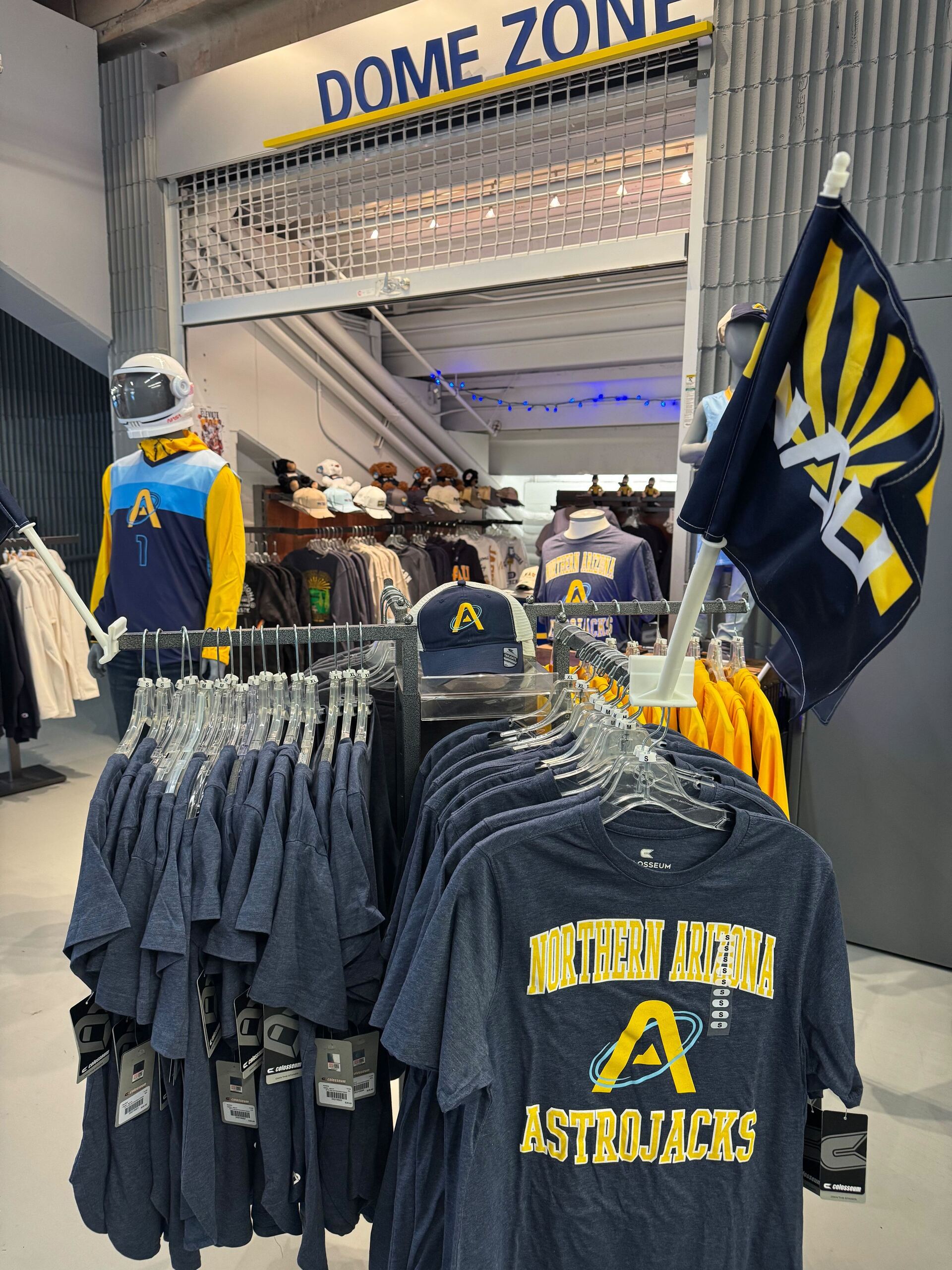Good morning, and thanks for spending part of your day with Extra Points.
The big story today, of course, is the release of the NCAA Tournament brackets.
We'll dig a little more into the financial and educational stories that tie into March Madness over the course of this week and next week.
But today, I thought it might be fun to take a closer look at the first NCAA Tournament, back in 1939. Oregon beat Ohio State in that championship, 46-33. They played it in Evanston, making it the closest Northwestern would ever get to basketball glory.
A lot of the battles in college sports have remained remarkably consistent over the last hundred or so years. People are still arguing about amateurism, about the relationship between college sports and academics, about East Coast Bias or whatever.
You'll find some of those themes in the early NCAA Tournaments, for sure. But a bunch of other stuff is pretty different. Let's take a look.
Early NCAA Tournament were born out of massive political infighting over who actually got to control basketball
When football slowly emerged from the primordial ooze, it was unquestionably and unmistakably a college game. Early American football borrowed elements from soccer, rugby, and upperclassmen beating the shit out of underclassmen, but the game's rules, organization and structure were married to college campuses. High schools looked to what Ivy League institutions did, and professional football didn't properly emerge for decades.
That wasn't really the case with basketball. Sure, colleges started playing each other in basketball as early as the late 1890s, but the early seeds of the game were tied to outside organizations, like the YMCA, or the AAU, who enjoyed close ties to the Olympics.
Kurt Edward Kemper wrote a great book on this, called "Before March Madness: The Wars For The Soul Of College Basketball", which digs into the feuds between the AAU, NAIA, NCAA and other entities that eventually would shape not just college basketball, but college sports, period.
These battles were settled in the late 1930s. You had a group of college basketball coaches and administrators at large universities (like Kansas and Ohio State) who pushed to create the NCAA Tournament not just to crown a national champion, but to crush the AAU and "overly commercial" enterprises like the NIT.
Eventually, they'd win, and of course, nobody else ever made money on or gambled on college basketball ever again.
Anyway, since nobody really knew who was in charge, lots of schools didn't even want to play in the Tournament
The eight teams that played in the initial NCAA Tournament were Villanova, Brown, Ohio State, Wake Forest, Texas, Oregon, Oklahoma and Utah State.
Were those the best eight teams in the country? No. Were those the best eight conference champions? Also, no. Were they selected by anything resembling a consistent and coherent process? I hope you can use some context clues and the Comedy Rule Of Threes to figure out the answer to this question.
(the answer is no.)
According to Terry Frei's excellent book on the 1939 Oregon Webfoots, "Before The Madness", filling out the initial field was a challenge. The best team in the Rocky Mountain Region, after all, was the Colorado Buffaloes, who won the Big 7, But after traveling (by train!) across the country last season to participate in the first NIT, the Buffs were banged up, tired and sick, and declined to keep playing...so the committee invited runner-up Utah State.
Kentucky also declined an invitation, saying their team was tired and needed rest. No team from the SEC would participate in either major postseason event.
While other invitations were given to conference champions or runner-ups, the selection committee decided to throw a mini-tournament to decide who would earn a bid between Oklahoma, Oklahoma A&M and Drake. Missouri was invited to participate in the play-in tournament, but they declined (due to "academic concerns."). Oregon, who won the dang tournament, also didn't play either, as scheduling conflicts between early tournament dates and the best-of-three PCC Tournament nearly weren't resolved.
The NIT was also considered to be the most established and more prestigious event. Bradley Tech, for example, declined an NCAA Tournament invite to play at Madison Square Garden and the NIT. St.John's and Long Island were two of the nation's elite who decided to play in the NIT as well. That perception wouldn't change for years.
And hey, not even everybody who GOT an invitation to the NCAA Tournament and decided to play was super excited about it.
Via Frei's book:
"What in the world is the NCAA Tournament? That's what we wanted to know," [Ohio State's] Jimmy Hull said later. "Vote? No, we did not get to vote on it." On another occasion, he added, "We didn't even know what it was all about. Two or three of the players didn't even want to go. The state high school basketball tournament was going on, and we wanted to see that. We were tired. We had reached our goals."
Box scores and schedules sure looked pretty funny back then
When you look up old college football box scores and schedules, the results can look closer to Calvinball than football. Scoring was different, the rules were very different, and we had different ideas as to what constituted a 'quality win'.
1939 college basketball was no different. The national champion Oregon Webfoots, prior to PCC play, reported final scores like:
Oregon: 46 Signal Oil: 34
Oregon: 54 Pacific Packards 36
Oregon: 83 Multnomah Athletic Club 25
Oregon's best out of conference win that season came against...Drake? Maybe? Not really sure how good Signal Oil was that season. Can't find them in Basketball Reference.
Arguably the best team in the country that season, Long Island, went the entire regular season without playing a true road game, notched wins against "Alumni", "Princeton Seminary", "New York Athletic Club", and "McGill", which I assume is the McGill in Canada.
Nobody really knew what they were doing
First, even though everybody calls the 1939 tournament the first NCAA Tournament, it technically wasn't. It was run by the National Association of Basketball Coaches. Logistically and financially, it was a disaster, managing to lose thousands of dollars, which is partly why the NCAA took it over.
There were "regions" established, meant to give the tournament a national appeal, but regional selection groups could make up whatever criteria they wanted to pick a team, so there wasn't a concept of an "automatic bid." The best team in the Southern Conference, for example, was Wake Forest. But Clemson, who finished a middling 6-6 in league play, actually won the conference tournament. Guess who played in the NCAA Tournament? Wake.
Deep into the regular season, according to Frei's book, teams had no idea if they would be invited to the Tournament, if their faculty would let them, or how any of this was supposed to work.
There were also all sorts of potential conflicts of interest. Ohio State head coach Harold Olsen, was the guy in charge of the entire selection committee, leading to this exchange, after the Ohio State-Villanova game. Per Frei:
"Olsen addressed the Buckeyes after the game and surprised them by saying, "Gentlemen, this is a little embarrassing for me."
OSU center John Schick was puzzled. "What do you mean, embarrassing?" he asked. "We just won you an Eastern Championship of the United States."
"Well, gentlemen," Olsen responded, "I'm the chairman of the tournament committee and here my ballclub wins."
I assume Oregon beat Ohio State in the championship game because the Buckeyes were too concerned about appearing improper.
Let's go with that.
Also, nobody complained about upsets ruining their bracket
Let's keep it that way.
Winning a bracket challenge typically gives you an envelope of cash. Speaking of those, let me tell you about the sponsor for today's newsletter, Envelopes of Cash.
Envelopes of Cash is a Euro board game with a very American theme: college football recruiting. Players take the roles of Head Coaches, trying to sign the best recruiting class. To do so they must marshal all the tools available to them, including the eponymous envelopes full of cash and other impermissible payments, donations from boosters, and marketing campaigns, all to maximize their Recruiting Ranking Points. The winner is the Head Coach with the most Recruiting Points at the end of the game, and the reward is victory, as well as a $1 million “retention bonus.”
The game is already fully funded on KickStarter, and with additional pledges, they'll add even more features to the game. Grab your copy here:

To sponsor a future Extra Points newsletter, please email [email protected]. For article ideas, newsletter feedback, FOIA tips, athlete NIL sponsorships and more, I'm at [email protected], or @MattBrownEP on Twitter.
And if you enjoyed this newsletter, make sure you get all the other ones sent to your inbox by subscribing:

















